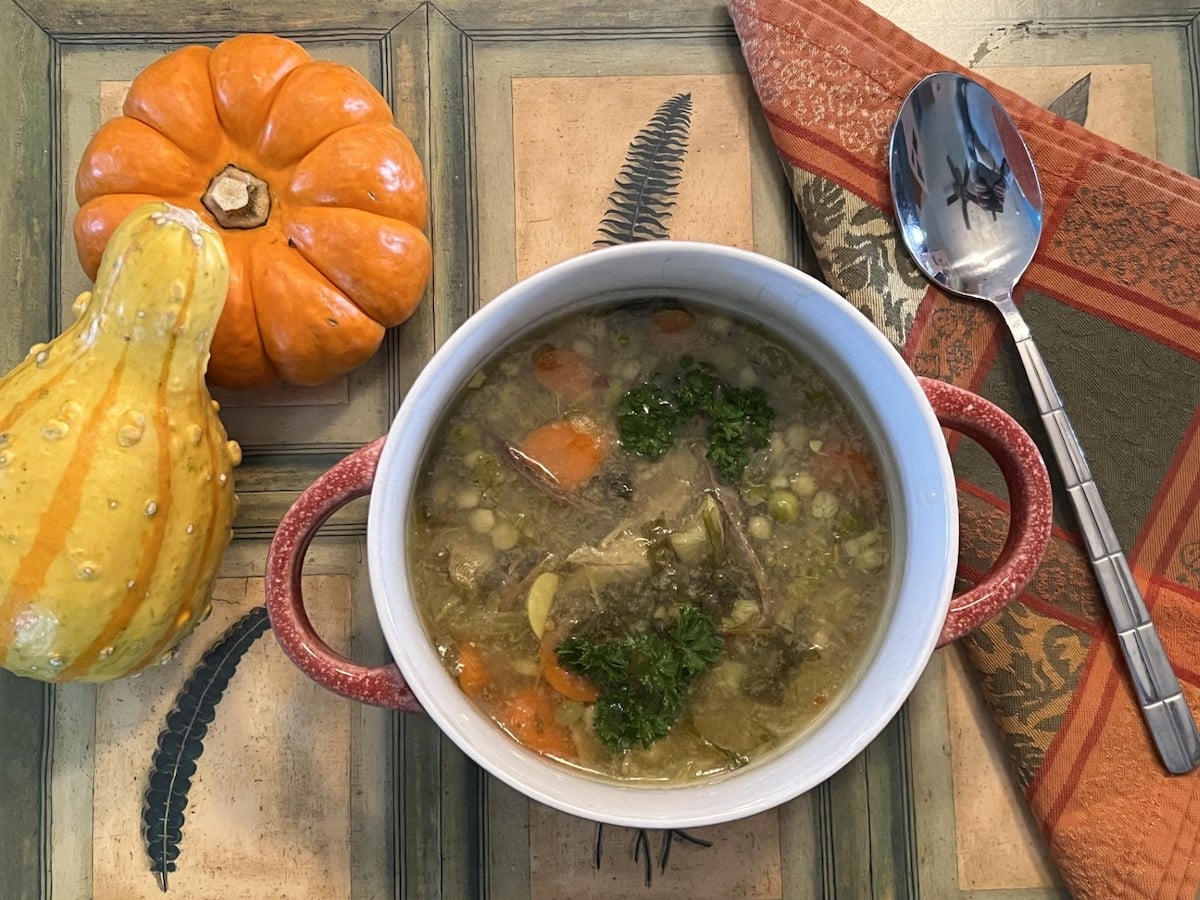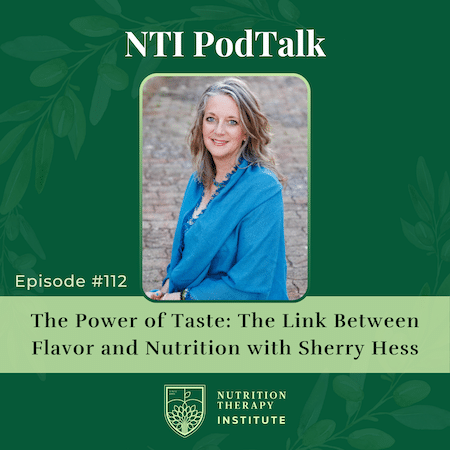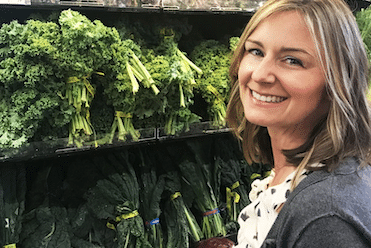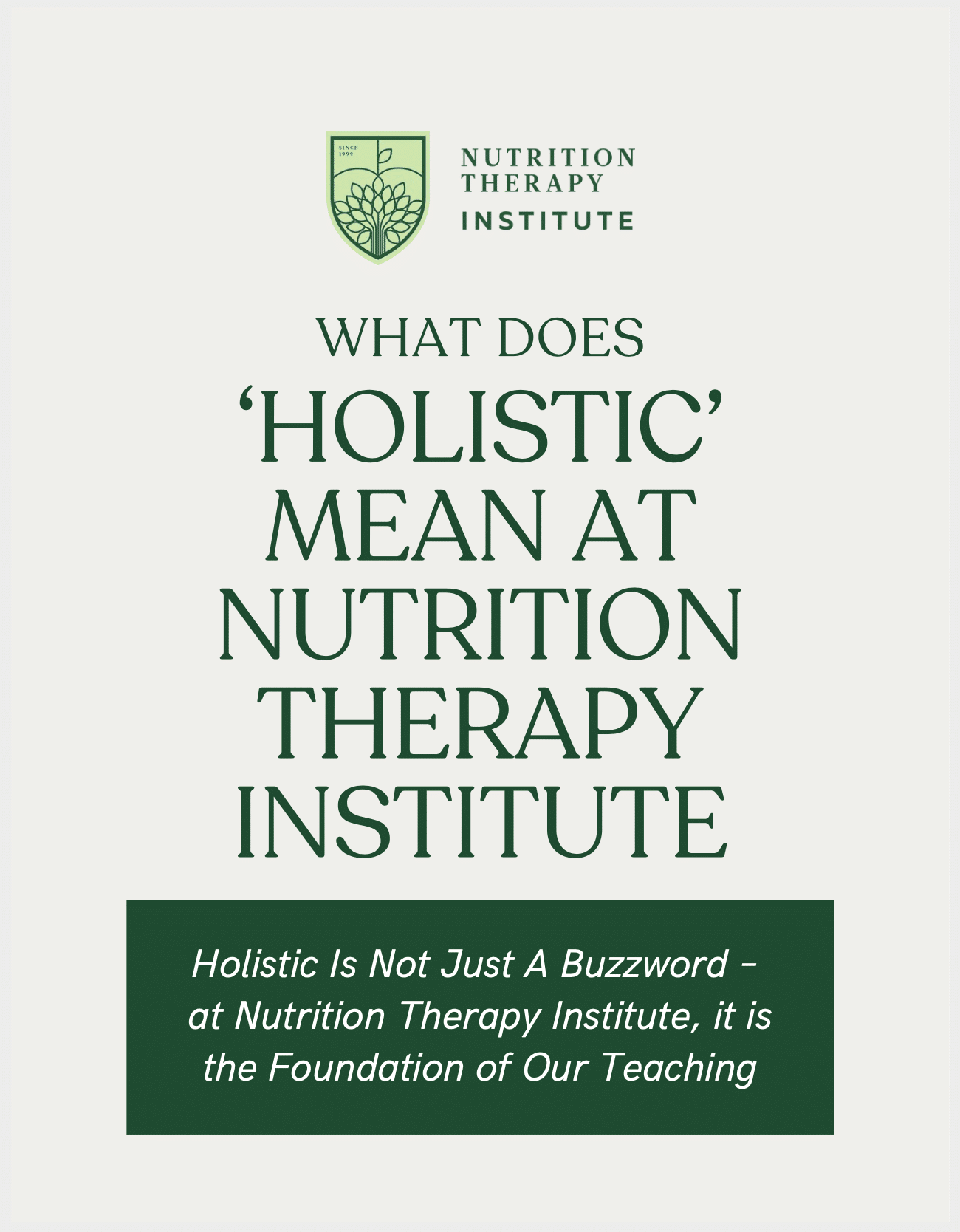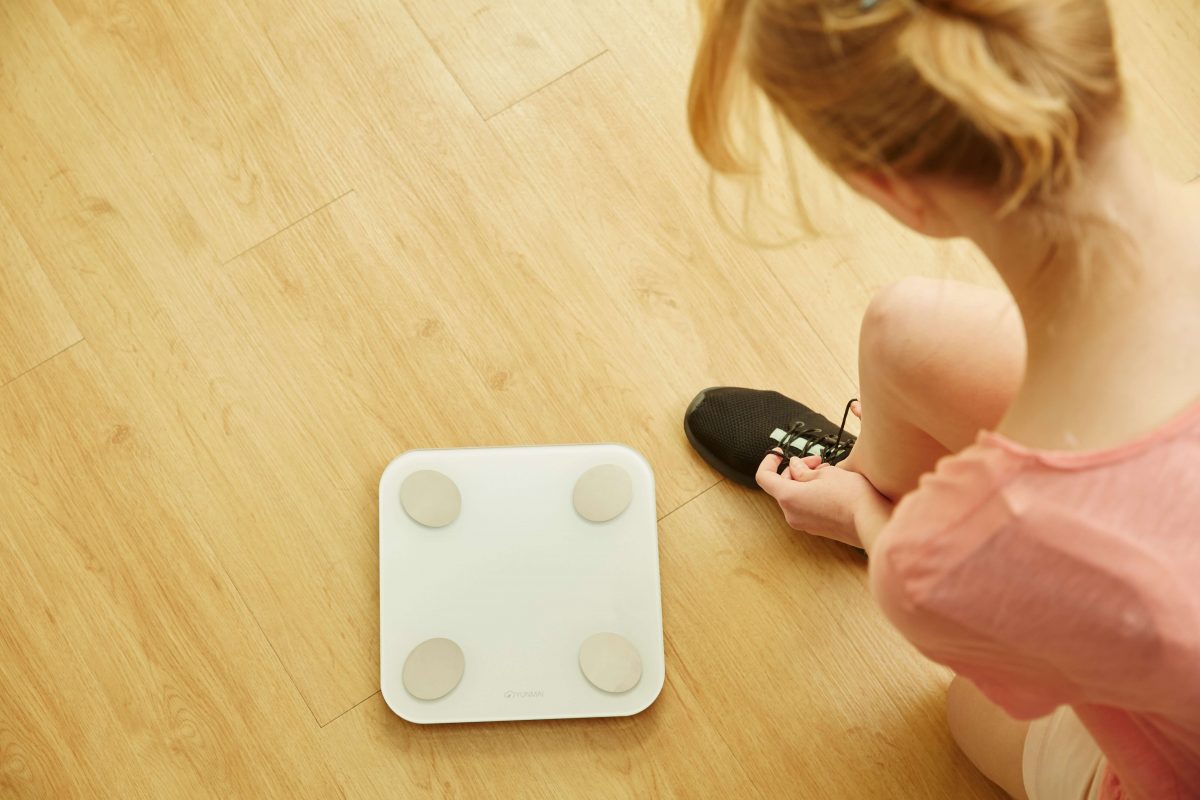
Share this post!
(Also known as ‘What is YOUR healthy weight? And, how do you successfully maintain it?’)
Last month, we discussed the role of the hormone Leptin, and how one of its primary roles is to send a signal to our brain when we have reached satiety (signals when we are full). If there is a dysfunction with leptin signaling, we won’t know we are full, and will sadly overeat. In the last blog, we also discussed the proactive steps we can take to help our body properly secrete this hormone and feel the sense of ‘fullness’.
This month we’ll talk about Ghrelin and Peptide YY and how to help our body properly secrete these hormones. Once we get these hormones working correctly, our body will naturally go to it’s optimal weight…..but only if we feed our body the nutrients it needs. (We can’t work hard to balance these hormones and then return to eating processed foods and simple carbs. If we do, hormones will, once again, become unbalanced and the vicious cycle will start all over again.)
Ghrelin:
As we mentioned last month, Ghrelin was discovered in 1999. Scientists are in the ‘infancy’ stage of understanding how this hormone works. However, there are a few things that they are fairly certain of:
- Ghrelin levels are responsible for the release of Growth Hormone (and Growth Hormone is responsible for optimal metabolic function)
- Ghrelin levels are much lower in obese individuals (which means that Growth Hormone levels are much lower, too)
- Ghrelin is responsible for signaling hunger
What is ‘presumed’ is that if Leptin signaling is impaired and doesn’t signal fullness, then Ghrelin levels can’t properly rise because there isn’t true hunger occurring. Additionally, it is ‘presumed’ that it only takes a small amount of Ghrelin in the obese person to trigger hunger feelings. So, though their levels are low, feeding is still stimulated and if Leptin is not working correctly, overeating tends to be the result.
Last month, we outlined the steps we can take to make sure Leptin signaling improves. The answer isn’t quite so easy for Ghrelin. But, there are some interesting studies that highlight how specific herbs can improve Ghrelin function.
One study, in particular showed how ginger did a nice job of improving Ghrelin function. This study was done in overweight men and clearly showed improved function 45 minutes after consuming 2 grams of ginger powder dissolved in warm water.
There was another study that showed the efficacy of two specific herbs:
- Dolichos Biflorus
- Piper Betle
in the improvement of Ghrelin signaling.
Ginger has so many known health benefits, that it might be a good idea to incorporate a cup, or two, of ginger tea into your daily routine. Also, exercise has been shown to improve Ghrelin and Growth Hormone production. Yet another reason to become more active.
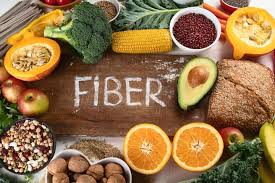
Peptide YY
This hormone, secreted in our small and large intestine, also plays a big role in feeling ‘full’. This hormone is released while we are eating and helps to tell our brain when we are full. If it’s not released properly, our brain doesn’t get the signal to stop eating.
So, how can we make sure this hormone is working properly, and letting us know when we’re really full? High protein foods and high fiber foods do a nice job of stimulating this hormone to work properly. Properly prepared beans and lentils are a great source to help our body. Down below, I have a YUMMY recipe that will optimize Ghrelin and Peptide YY production. It’s nice when you can prepare one meal and help two hormones work better.
Conclusion
Most of us start off the new year with great intentions of improving our health….but sadly get derailed by mid-January. Now that you have a better understanding of some of the hormones that might be causing your derailment, you can take charge of your health, and reach the goals you set for yourself back in January.
As a recap:
To improve Leptin function:
- aim for 12-hour fasts every day….from 7p to 7a
- during the day, wait for 4 hours before eating again
- minimize processed foods and simple sugars
To improve Ghrelin function:
- exercise 3 or 4 times per week
- eat/drink ginger 1 or 2 times per day
To improve Peptide YY function:
- eat foods high in protein
- eat foods high in fiber
Working these simple strategies into your daily routine will give you an excellent chance of achieving your New Year’s Resolution….and maintaining optimal health. If you need any help or assistance in putting your plan together, please feel free to reach out to someone certified in Holistic Nutrition. They will make sure you’re on the path to wellness.
And, as promised, your recipe for the month.

GINGER AND LENTIL SOUP
This Ginger/Lentil soup is so simple to make. Ginger and garlic give this soup all its flavor. The more ginger, the more of a kick your soup will be. The amount of garlic added depends entirely on your preference. I added cumin, cayenne pepper and lemon to the soup because… it’s soup. Anything goes.
Serves 8
- 2 tablespoons extra virgin olive oil
- 1 large onion, chopped small
- 3 to 6 cloves garlic, minced
- 3 to 4 tablespoons ginger, grated or finely diced
- 3 cups water
- 3 to 4 carrots, sliced
- 1 pound lentils (pick the color you like….or get a medley for more nutrients)
- 6 cups vegetable or chicken broth
- 2 teaspoons ground cumin
- 1/4 teaspoon cayenne pepper (or to taste)
- 1 tablespoon fresh lemon juice
- salt and pepper to taste
- grated Gruyere cheese for serving (optional)
- Take some time to sift through the lentils. Do it. Sometimes you find little rocks and pebbles. Those are bad for the teeth. I found a rock in my lentils… check through! After picking through the lentils, place in a colander and rinse with cool water. Set aside.
- Chop onions, garlic and grate ginger and chop carrots.
- Place a large pot over medium heat. Add oil. When oil is hot, add onions. Cook until transparent and slightly browned. Add garlic, ginger and carrots and and cook, while stirring, for 1 minute. Add cumin and cayenne pepper and cook for 30 seconds.
- Add the water to the hot pot and scrape the browned bits off the bottom of the pot as the liquid sizzles. Add lentils and broth and simmer for about 45 minutes, until lentils have softened. Taste and season with salt and pepper. Finish with lemon.
- Serve with grated cheese, optional.
- Soup will last, in an airtight container in the fridge, for about a week. Soup is also great to keep in the freezer. It’s a win.
Ready to Dive Deeper into Nutrition? The Nutrition Therapist Master Program Will Take You There!
Do you have a passion for nutrition and well-being? Take the next step toward a fulfilling career! Enroll in our Nutrition Therapist Master Certification program and embark on a journey of knowledge, empowerment, and transformation.
Enroll Now: Try out a course with our Single Course Enrollment option!
Have questions? Contact our admissions team at ad********@*******ol.com or by calling 303-284-8361 for personalized assistance.
Author: Dr Becky Spacke is a course instructor at Nutrition Therapy Institute. In addition, she has a private practice, working with people at risk of developing Alzheimer’s Disease.
Images: Image by alan KO is free for use by Unsplash; Detox Remedies by Dominik Martin is free for use by Unsplash; Tatjana Baibakova/Shutterstock.com; Lentil Soup- permission to use given by once upon a chef
Share this post!


